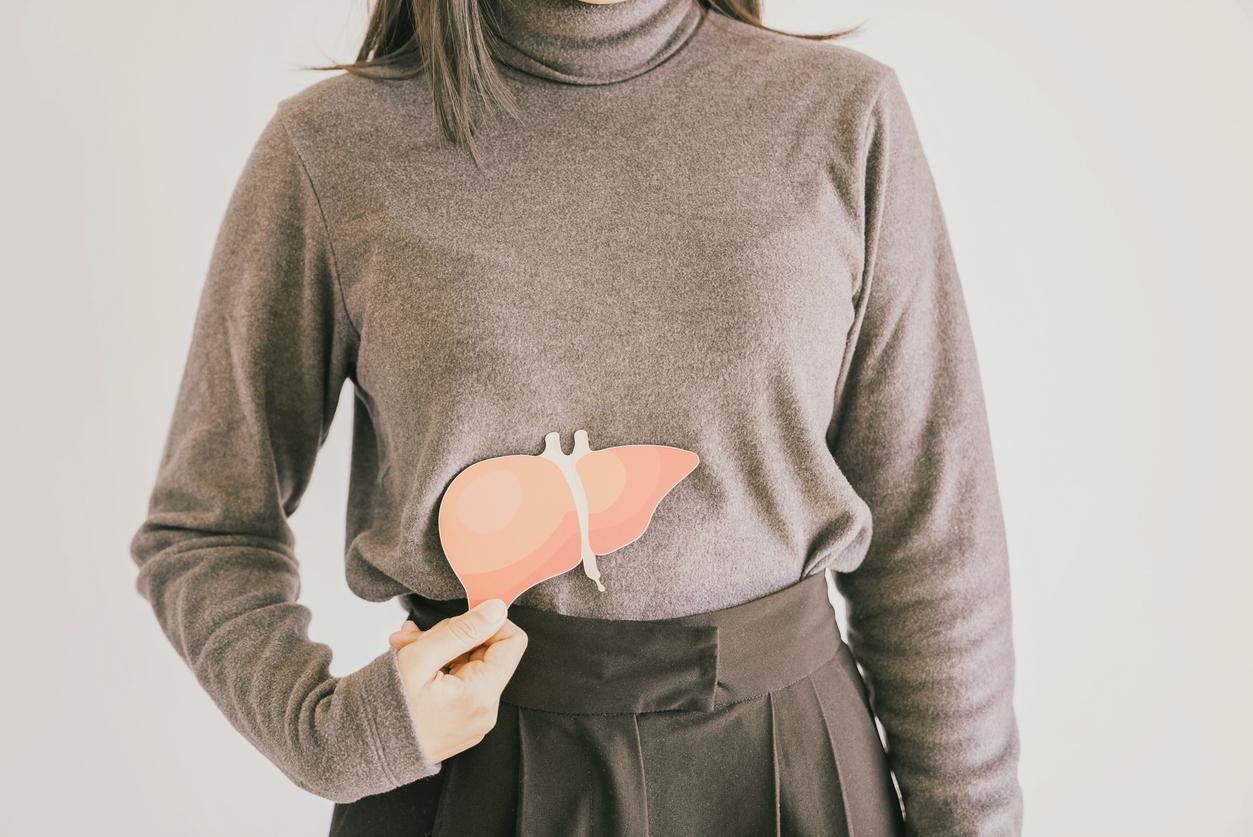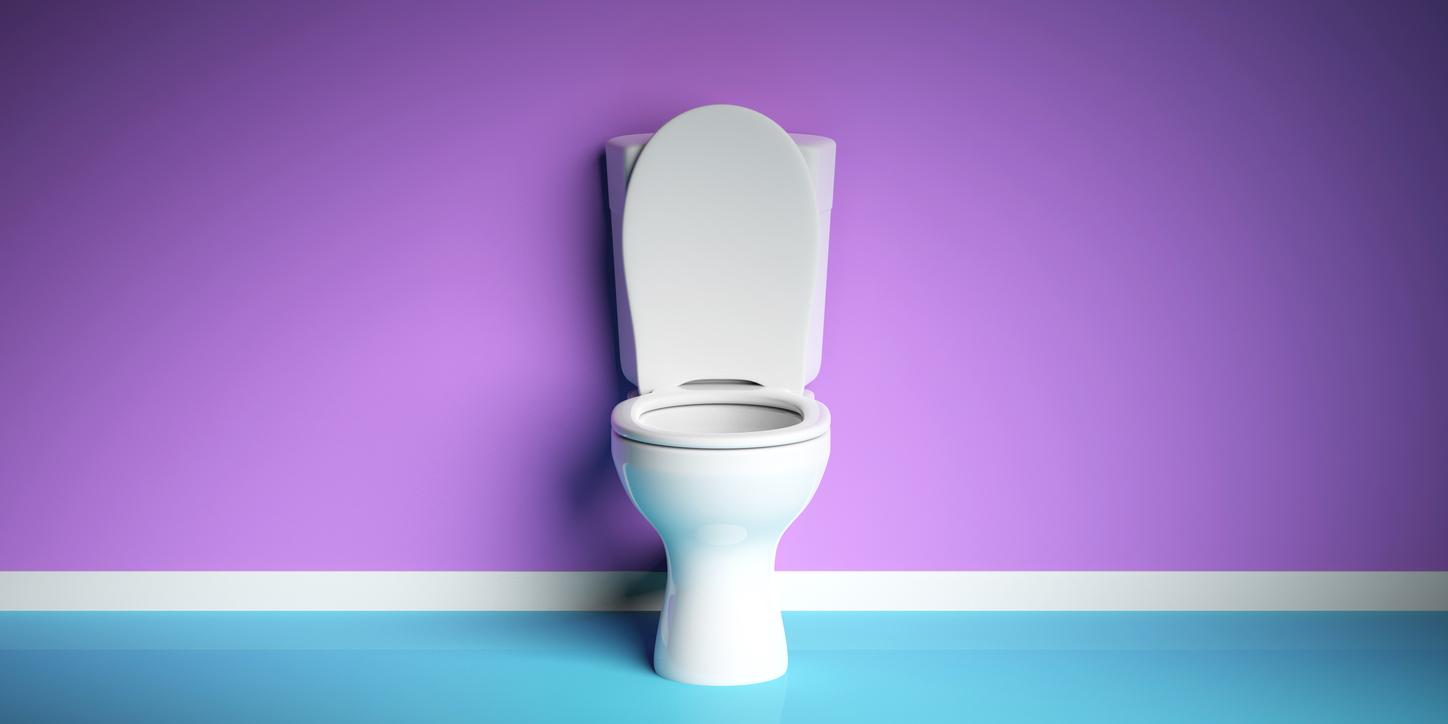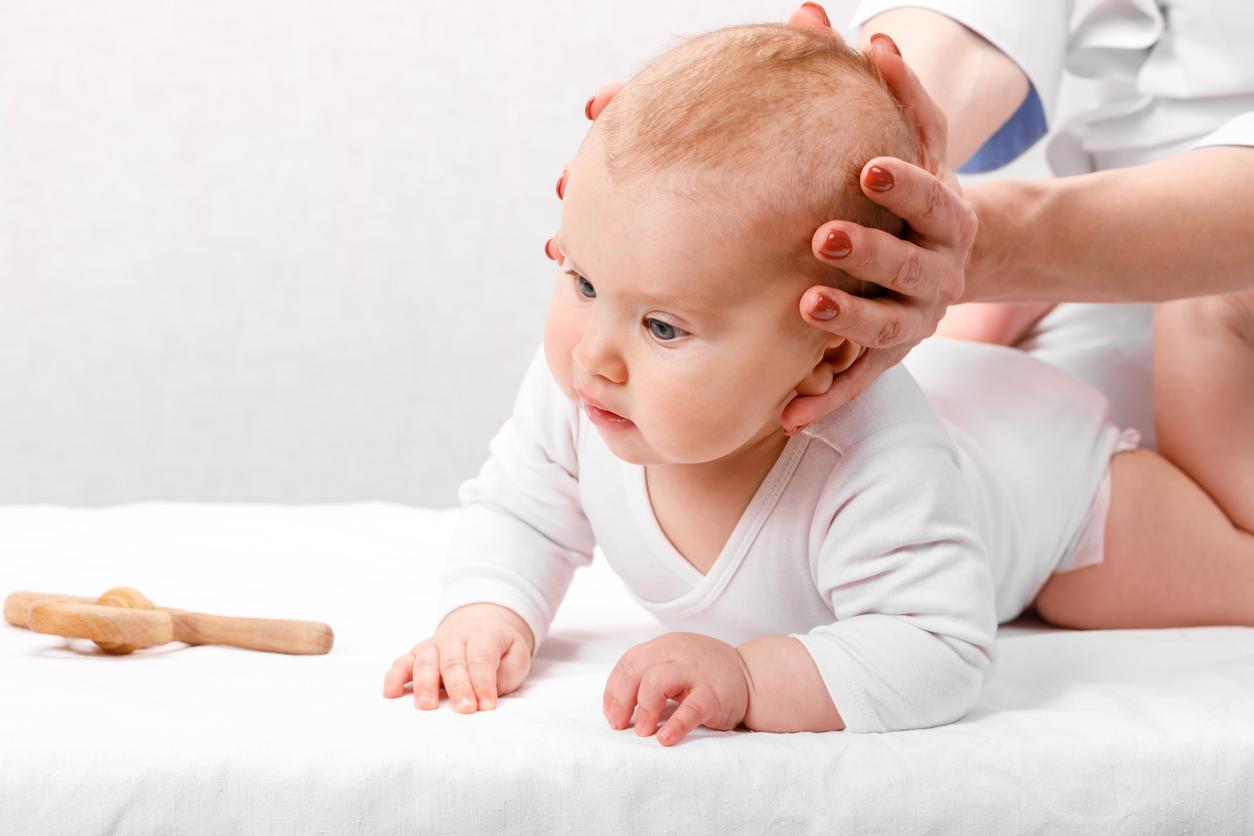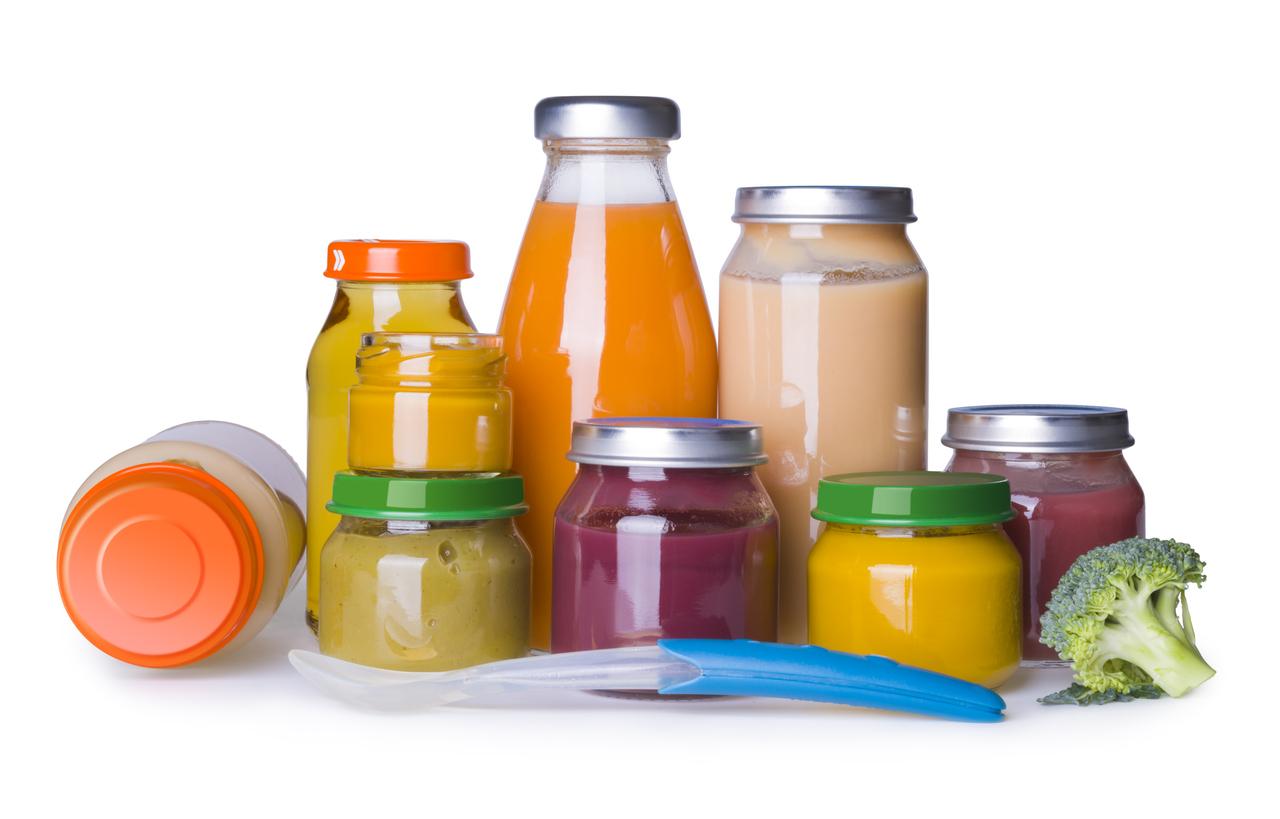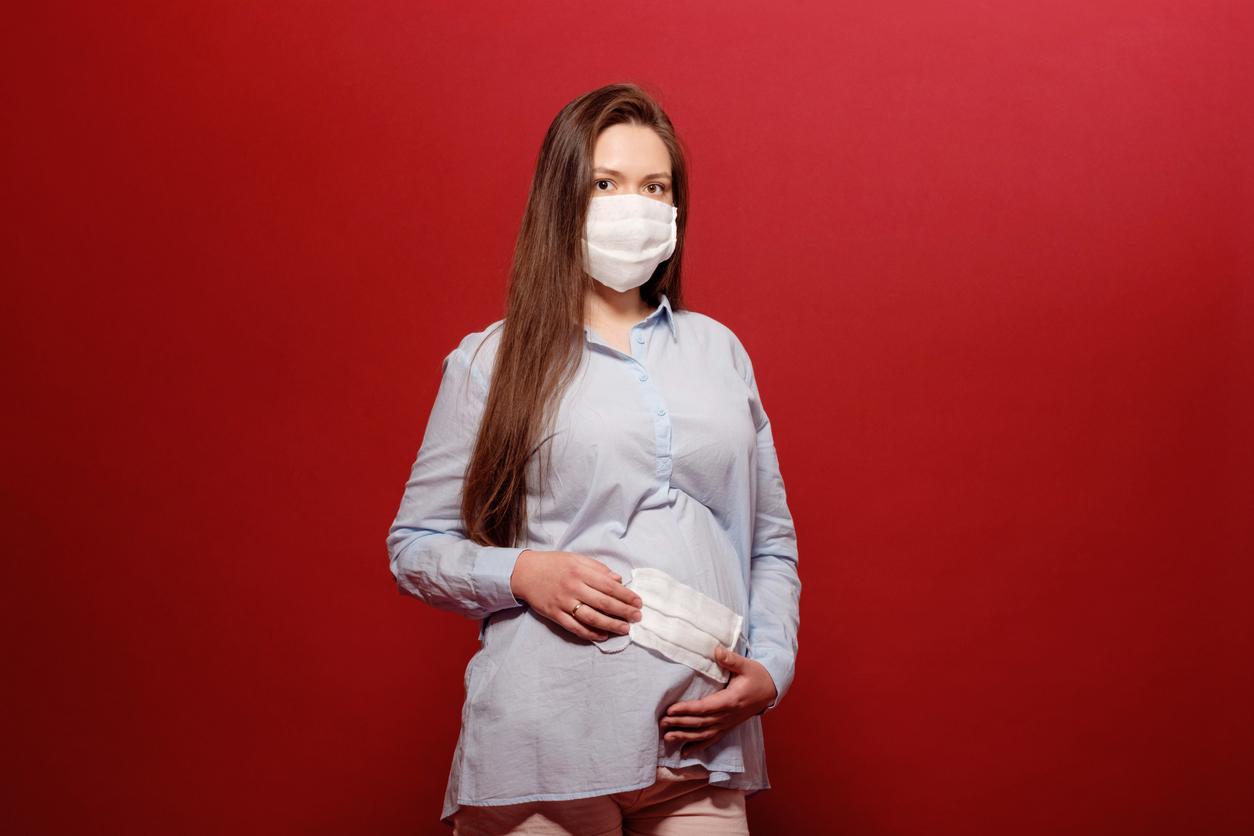The neonatal cholestasis is a sign of a blockage of the bile between the liver and the intestine. This blockage leads to jaundice, which is usually common after birth. But, in rare cases, this blockage can be the sign of a rare disease: atresia of the bile ducts, that is to say an obstruction of these bile ducts.
Consequence of this obstruction: The substances which are normally evacuated in the bile accumulate in the liver, the blood and the tissues of the infant. Left untreated, atresia of the biliary tract leads to cirrhosis and, sometimes, to the death of the baby during its first year “explains Dr Pierre Broué, pediatrician in the gastroenterology and hepatology department of the Toulouse Children’s Hospital.
Biliary tract atresia occurs in one in every 10,000 births and needs to be operated on quickly. However, when it is detected too late, cholestasis allows time for the liver to deteriorate, sometimes irreparably. Hence the future campaign called “yellow alert” which wants to encourage young parents to look at their baby’s diapers as soon as they leave the maternity ward. Indeed, the first visit to the pediatrician occurs at 30 days of life, while if there is atresia of the bile ducts, the operation must be performed very quickly!
Neonatal cholestasis: watch your baby’s diapers
To spot neonatal cholestasis, it’s simple. Instead of being yellow, ocher or green, your baby’s stools are discolored (putty-colored). You may not know it, but it is the bile that colors the stool. If the bile is blocked and no longer reaches the intestines, the stool is discolored. And as this bile passes into the blood, it gives a yellow color to the baby’s skin. Jaundice that persists for more than 15 days should therefore never be overlooked. And if your baby has a yellow complexion, you should immediately check his stool. Even more important if your baby has dark, dark, or Asian skin tone, since signs of jaundice cannot be seen on the skin in this case.
“We must also fight against received ideas”, we point out to the Children’s Liver Disease Association (Amfe): neither breastfeeding nor any food has the power to discolour the stool! We conducted a survey in 2010 which showed that 50% of mothers believe that milk can lighten stools, and that 85% of parents would not be alerted to discolored stools. However, the consequences can be dramatic and very guilty for parents. “
Yellow alert: the reasons for early detection
It is under the aegis of the French Pediatric Society that the AMFE is launching this “Yellow alert” campaign which alerts young parents to the part they can play in the early detection of neonatal cholestasis. As a color cannot be described, but shows itself, the association will distribute, from the beginning of the year, posters and brochures to doctors and the general public. These posters will show a color map of baby’s stool: “good” colors (bright colors) and “bad” colors (pale colors). It will be enough to compare with the baby’s stool to verify that everything is fine.









